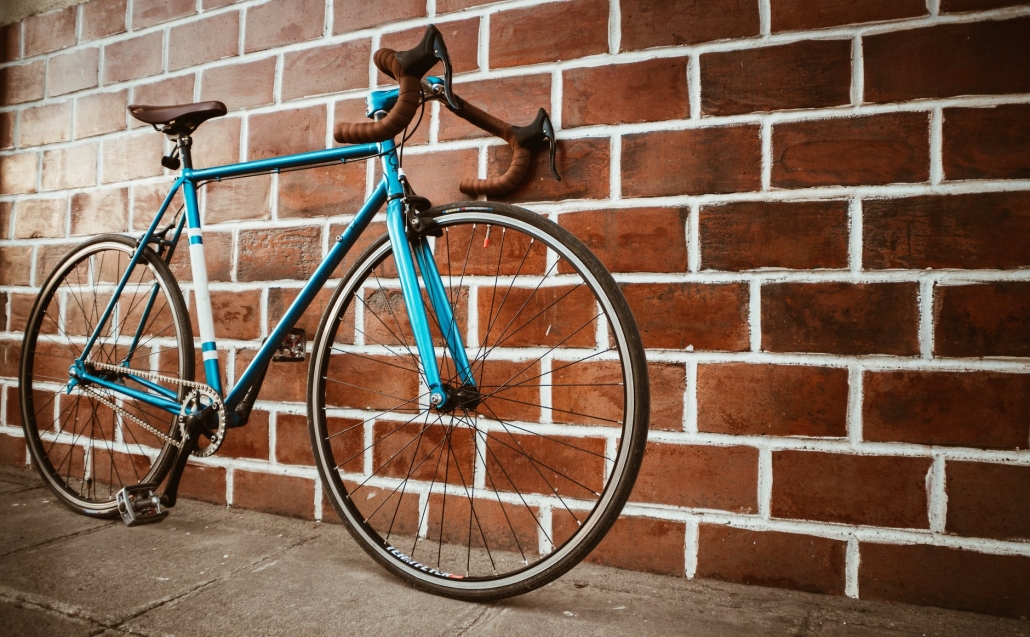Would better facilities help to sustain our renewed love of cycling post-lockdown?
Over the last few months, we have witnessed a level of change which nobody could have anticipated. Despite the emotional and financial hardship many have endured in lockdown, some of the changes we are living with have been surprisingly positive. We have witnessed a return to a simpler way of living, where we think about the impact of our journeys outside, relishing the opportunity to get some fresh air and to blow away the cobwebs.
Many people currently have more time on their hands due to being furloughed, so they are dusting off their bikes to take advantage of the quieter roads and a chance to escape their four walls. Others are opting to cycle to work, understandably concerned over the infection risks associated with using public transport. Parents are being dragged on family bike rides by their kids and are remembering the freedom and enjoyment that cycling can offer, perhaps sparking a new resolve to incorporate cycling into post-lockdown life. Bikes have also provided a safe and enjoyable way for NHS keyworkers to get to work and there has been a number of new initiatives and schemes introduced to ensure they have access to the bikes they need. Whatever the reason that people are opting to jump back on their bikes, the health and environmental benefits are proven, and we hope they are here to stay.
A side effect of lockdown and the reduced use of cars led to a significant improvement in air quality in Wuhan. Since lockdown ended in Wuhan, car usage has unfortunately soared from 24% to 66% as people abandon public transport for fear of infection. There is the potential that this spike in air pollution could lead to another peak in infection rates. Cities such as Paris, Milan and New York are learning the lessons from Wuhan and intend on embracing the bicycle as a serious alternative mode of transport by providing improved cycling networks. Paris has plans to build 650km of pop-up “corona bike lanes” which will hopefully become a permanent legacy after the pandemic ends.
Speaking at a press conference on northern England’s financial recovery from the pandemic last week, Andy Burnham, the Mayor of Greater Manchester, and Steve Rotheram, the Mayor of Liverpool City Region, said councils ought to fight to “keep some of the benefits that we’ve been experiencing” by incorporating cycling and walking networks in our cities. Burnham said: “There needs to be a new normality where we improve things. We ask for the public’s patience because we’re going to build back better. I think people do want to keep the cleaner air, they do want to keep exercising, they do want a more flexible working life where they don’t have to go into the office every day.”
All UK cities have Net Zero Carbon targets to achieve in the coming years and some councils are already taking the lead to redesign city landscapes to put pedestrians and bikes back at the heart of towns and cities. Perhaps this current crisis will pave the way for improved cycleways and safer roads, demonstrating the appetite of the general population to embrace change. Hopefully, with initiatives like the Bee Network already in the planning, the North will take the lead in this cycling revolution and will embrace the health and environmental benefits that it can offer.
Alongside this renewed popularity in cycling, some councils are reporting an increased incidence of bike theft as opportunistic thieves are taking advantage of people having to leave their bikes unattended outside shops or in their gardens. Many people do not have the facilities at home to store a bike and so, despite a desire to ditch the car, the inconvenience of cycling outweighs the benefits. To combat this, groups are campaigning for an innovative approach to the provision of bike lock ups and shelters, raising money for the installation of compact bike shelters in residential streets to make cycling a more convenient option. Perhaps improving bike storage facilities in residential areas as well as places of work, education and leisure and throughout towns and cities, will help keep this new momentum going?
CLM has a long history designing and installing bike shelters for a range of public and private sector organisations. There are a number of different bike storage options to consider, including simple ‘bike hoops’ which people can lock their bike to, ‘off-the shelf’ shelters which are quick to fabricate and install, or the more complex and bespoke designs which can provide a real ‘wow-factor’ to a building.
If you are considering the benefits that a new bike shelter could offer your organisation at this time of change, please get in touch. Our team will provide a free consultation and talk you through the various options available. Our experience makes us highly competitive in this market and our customers quite often find that our high-quality, supply and install solutions are less than the cost of a supply only option from some of our larger competitors. We can turn your ideas into a workable solution quickly and with no big lead times, you could have a safe and secure place to store your bike before you know it!
We believe the increasing popularity of cycling as a viable mode of transport is something we should encourage and build upon… we would love to hear from you!








Leave a Reply
Want to join the discussion?Feel free to contribute!